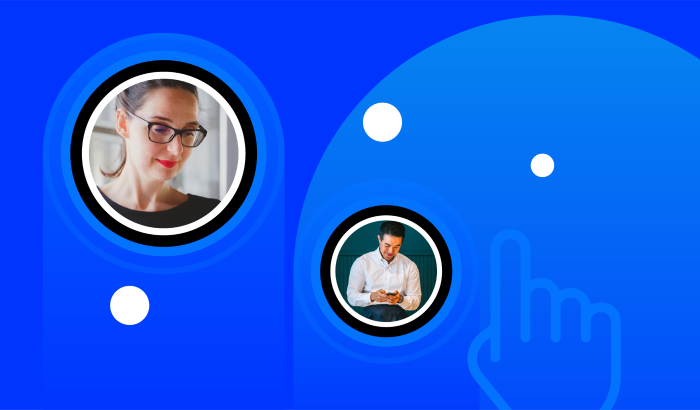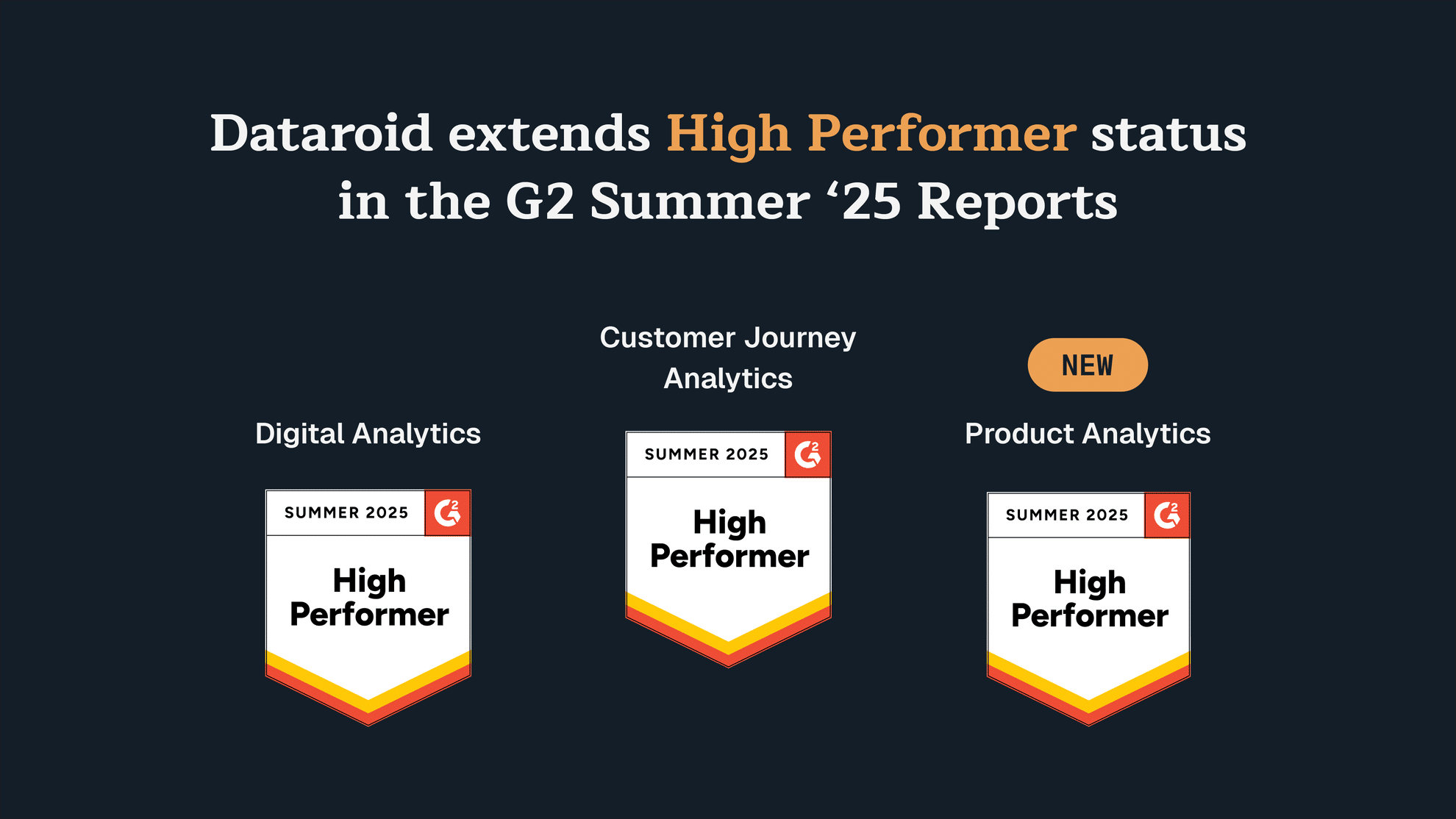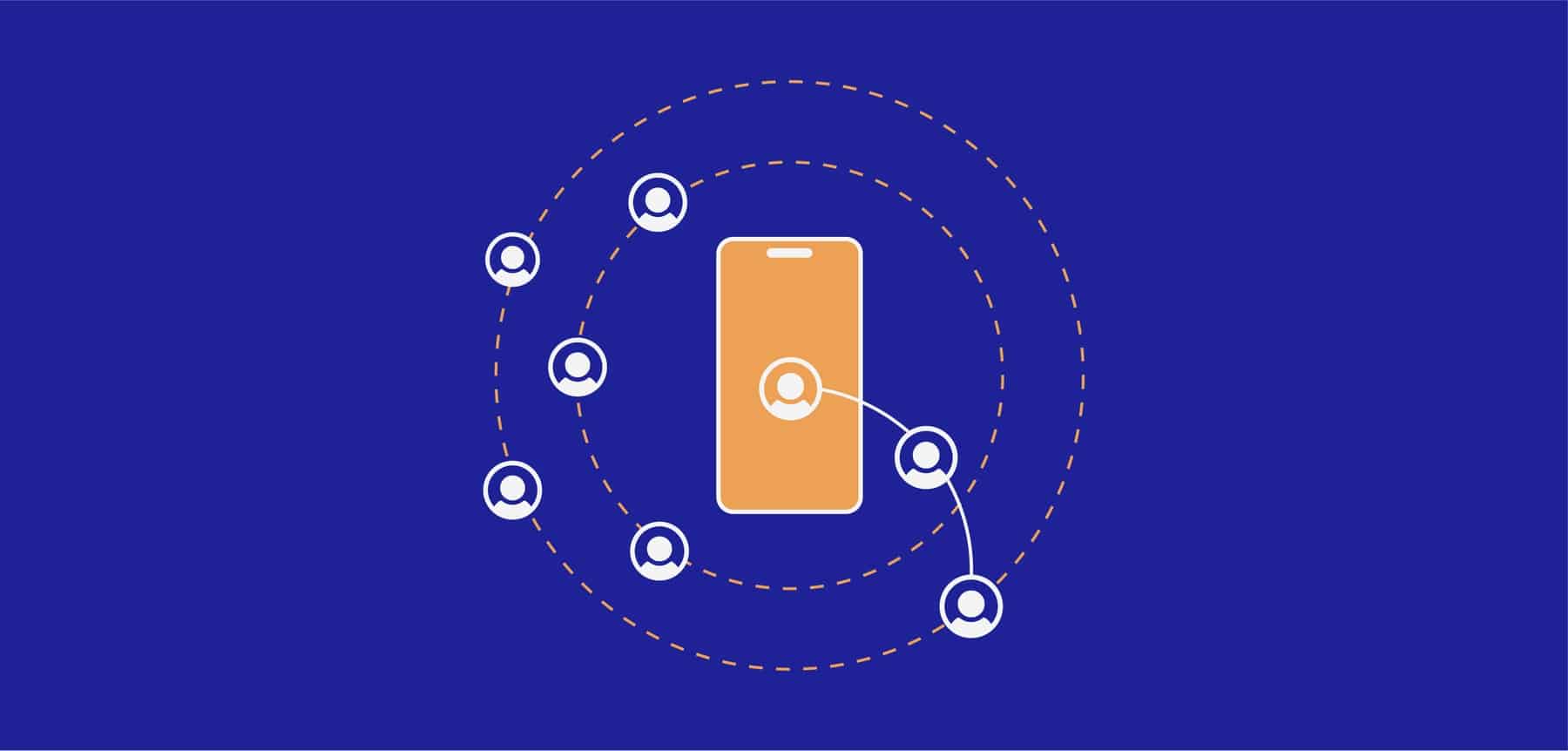Understanding the Importance of Personalized Notifications
- Reading Time: 5 minutes
A guide to personalized notifications and how they can be used to drive conversions

Sign up
to drive your business with the power of data
There’s no doubt that one-size-fits-all approaches to digital marketing just aren’t cutting it anymore. Research has clearly shown that customers appreciate personalised communications, and more importantly, they’re more likely to convert into sales. Harnessing the power of personalized notifications is simply an essential component of a sophisticated marketing strategy.
What is personalization?
The days of indiscriminately serving up content to users died a death as soon as digital marketers started segmenting audiences, but the pursuit of displaying evermore relevant and timely content based not on segments, but the specific preferences of individuals, is still at the heart of digital marketing’s evolution. This is personalisation, and we can break it down into three components.
Recognition: This goes beyond simply knowing and addressing the customer by name. This means knowing where each unique user is in the customer journey, and tailoring relevant notifications to the touchpoint they’re currently at, be that onboarding, engagement, conversion, loyalty or reactivation.
Relevance: Any notification that isn’t relevant will be ignored, so push notifications should be reactive to the user’s recent activity. This might be a recent purchase, recent app activity, or an abandoned shopping cart. Ultimately all notifications should be timely, personal and actionable.
Remembering: Big data allows you to build a picture of your customer through historical activity, collecting, correlating and analyzing data from interactions across channels. By remembering and meaningfully connecting this past behaviour, it’s possible to ascertain the customer touchpoint and send push notifications accordingly.
Achieving these three components of personalization will of course rely on the quality of data collection and leveraging, which is where a service like that offered by Dataroid can really help marketers achieve the best out of personalization.
And why does it matter? Engagement!
Push notification open rate can be increased to 4 times with personalization. Furthermore, with Dataroid, personalized push notifications based on name, gender, or action taken can increase open rates by 85%.
This doesn’t give marketers licence to send notifications at will, as many consumers go elsewhere when shown too many options or when unimpressed by recommendations. This means marketers still have a lot to do to get personalization right. In fact, while most retailers are still dabbling with personalization, the big boys like Amazon, Netflix and Starbucks are leveraging AI to create hyper-personalization, and of course data is key to this.
How personalized notifications are delivered
Mapping out the customer journey through touchpoints and leveraging data to know where a user is on that journey is really fundamental to delivering personalized notifications. Painting this data-driven picture is what allows notifications to be tailored, and it’s the relevance and timeliness of a personalized notification which makes it more likely to be responded to. Dataroid’s service doesn’t just manage the data which helps you build insights into users and where they are on the customer journey, it gives you the power to automate push notifications so they’re sent at exactly the right time to maximise the chances of engagement. But how are these personalized notifications delivered?
Personalized notifications are sent primarily via three channels: web push notifications, app push notifications, and in-app messages. Through the power of data, push notifications can be delivered according to where the user is in their customer journey.
How do these channels work and what can they deliver? Let’s take a look.
In-app messaging
In app messages are messages displayed in-app (surprise, surprise!), but they can be tailored to the user’s profile and delivered as they use the app. They can be used for a variety of purposes, including onboarding, introducing new features, introducing new campaigns, transactional messaging, user feedback and app navigation, all customisable based on user data. Unlike push notifications, the user can’t disable in-app messaging, but that doesn’t mean the strategy should be abused. With Dataroid, in-app messages can be highly customised. Design everything from popup layout to zero-IT-cost app navigation, and the notifications will be be delivered just when they’re most relevant to the customer.
App push notifications
App push notifications are pop up messages sent by apps installed on mobile devices. Marketers can use them to send notifications about breaking news, special offers, prompts to perform a certain action, event reminders, and so on. However, users can disable these, so numerous and irrelevant notifications run the risk of the marketer being cut off or the app uninstalled altogether. With Dataroid, you can build, automate, and deliver push notifications based on customer attributes or their actions in real time.
Web push notifications
These do exactly the same as app push notifications, but they’re served up in browser windows on desktop. They can be used really effectively to engage with visitors, particularly if they’re tailor in a meaningful way for each user. Platforms like Dataroid can help create, customise and automate web push notifications to remind users of events they’ve shown interest in, or a promotion that would suit their preferences.
A few examples of how personalized notifications can be used effectively
With the personalized notification channels mapped out, here are a few examples of practical strategies which combine the use of all four of them.
Abandon cart messaging: By using data garnered from in-app or browser shopping carts, you can visualise your purchasing funnel, understand at which point you’re losing customers, then send them personalized, contextualized messages to get them back on track toward conversion.
Rich push notifications: In addition to the few hundred characters permitted, rich push notifications have a media attachment, such as an image, audio, interactive elements and video. Clearly, the scope for engagement and personalization is greatly expanded when you can go beyond just a few words.
With these approaches in mind, let’s step back again and look at one striking headline figure when thinking about messaging through personalized notifications: Using personalized notifications tailored using the right data can increase conversions by 27%!
Key Takeaways
Personalized notifications are a big part of the trend towards personalization in digital marketing. Not only do customers appreciate them (as long as they’re relevant!), they’re more likely to make a purchase off the back of them. Getting personalized notifications right could be the difference between a great and decidedly average campaign outcome.
If you’re not personalizing your notifications, you’re missing out on engagement, retention and sales. Dataroid’s personalization services can help you harness the power of personalized notifications to implement the practical uses described above, and many more, to make sure your next campaign has real impact.
Drive your digital growth
Schedule a demo today to learn more on how we can help you unleash the potential of digital using Dataroid.



